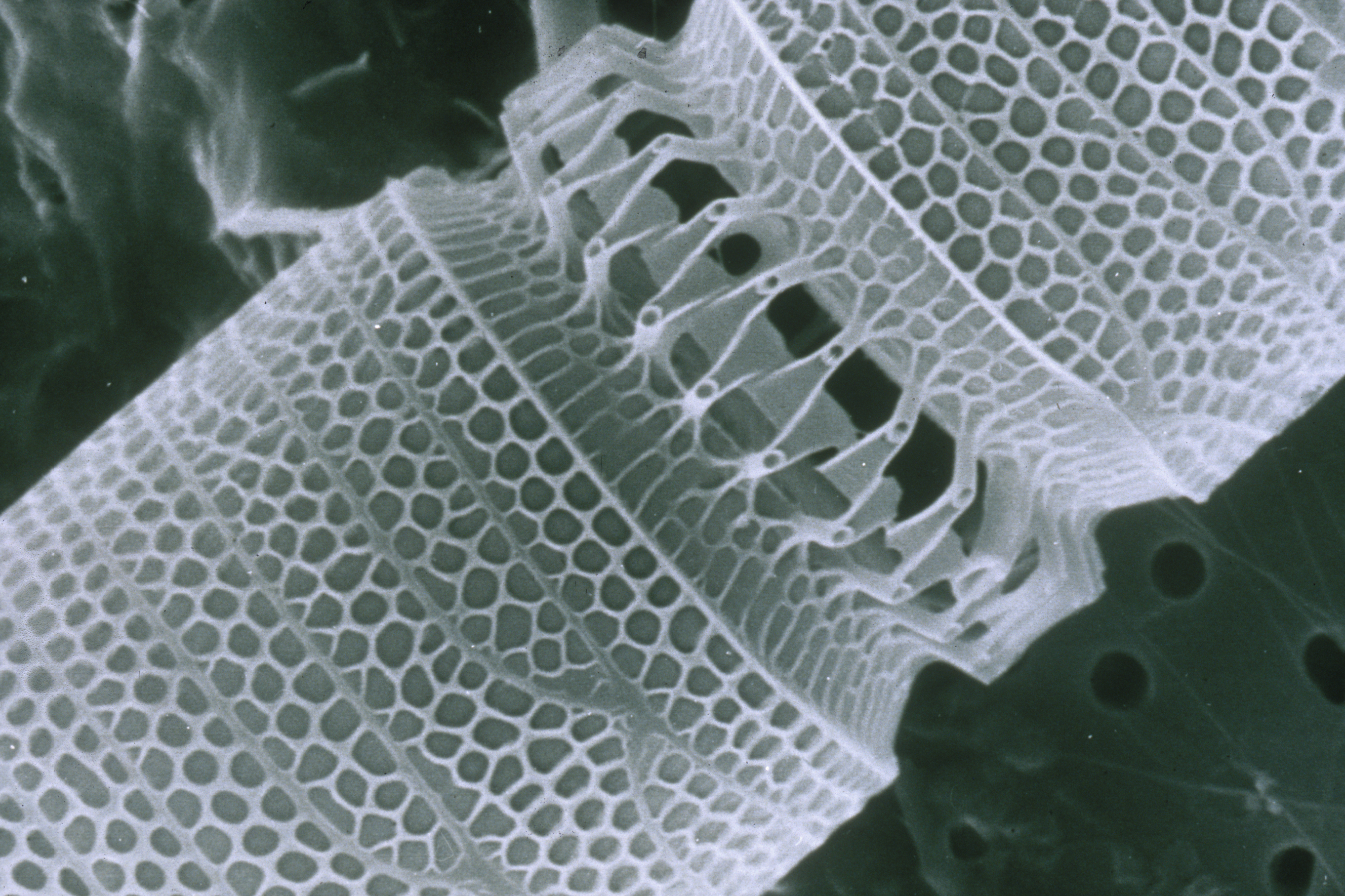Australian technology innovator BluGlass Limited has invested $600,00 in Griffith University to develop power electronics.
BluGlass will be leading the two-year cash investment – inclusive of a $300,000 grant from the Innovative Manufacturing Cooperative Research Centre – to develop next-generation GaN transistors, calledHigh Performance Normally OFF GaN High Electron Mobility Transistors(HEMT).
The technology promises a positive and stable threshold voltage, low on-resistance and high breakdown field.
With an increasingly connected world, demand for smarter, more powerful and efficient electronics is rising exponentially.

The project aims to deliver and drive adoption of this step-change electronics innovation, that combines two Australian enabling technologies – BluGlass’ deposition technology calledRemote Plasma Chemical Vapour Deposition(RPCVD).
RPCVD is a revolutionary low temperature approach for the manufacture of semiconductor materials and will be combined with Griffith University’sQueensland Microtechnology Facility(QMF)’s Atomically Smooth SiC on large Si (SiC on Si) wafers.
“Today, electronics manufacturers face high cost barriers for higher performing materials,” said BluGlass Managing Director Giles Bourne. “The research project aims to overcome those industry challenges.”
“Silicon is incredibly cheap and traditionally difficult to displace despite the performance advantages of other materials such as GaN. BluGlass’ deposition technology, RPCVD operates at temperatures hundreds of degrees cooler than the current industry incumbent technology. This offers electronics manufacturers many advantages, including higher performance, lower cost throughputs and the ability to deposit on lower cost substrate such as silicon.”
Mr Bourne said the ability to produce fail-safe, normally OFF devices would be critical for widespread adoption of GaN transistors.
“Our unique low temperature deposition of the p-GaN gate is required to enable high performance normally OFF devices, and this has significant commercial implications, not only for BluGlass but for the Australian power electronics industry.”
Griffith University’s QMF atomically smooth SiC on large Si wafers provides a chemical barrier and template for the epitaxial growth of nitride layers that helps to address the challenges of defectivity and long-term device reliability.
Senior Deputy Vice Chancellor Professor Ned Pankhurst said the funding showed Griffith University’s expertise in the nanotechnology field and its reputation as international leaders in the industry.
“Griffith welcomes this innovative partnership which highlights the university’s commitment to advancing technology through industry collaborations, further establishing us as world-leaders in cutting-edge technology and translational research,” he said.
BluGlass will work closely with Griffith University’s QMF and access their process and test equipment, infrastructure, device knowledge and resources to develop and optimise HEMT devices.
IMCRC Managing Director and CEO David Chuter said that this project had the potential of creating high value IP and industry transformative enabling foundry technologies which could lead to the generation of a local semiconductor wafer economy.
“This project leads the way for power electronics manufacturing. Addressing industry challenges and combining key enabling technologies, we believe this project can boost the commercial value of the sector, and create new opportunities, in Australia and into global value chains.”
